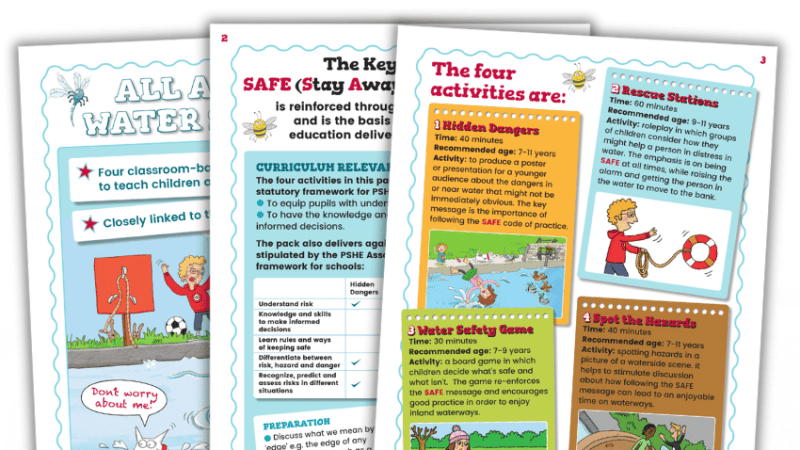It’s Not All About Xs And Ys, Give Children A Great Start At Algebra By Helping Them Find Balance

Forget 1 plus 2 makes 3 for a minute and think about '=' in terms of 'equals'

When you hear the word algebra I suspect that checking your balance may not be the first thing that you think about! I’m sure that it is more likely to be x and y, equations and quadratics.
However, the concept of balance is what underpins all algebra, given it’s founded on expressing structure, equivalence and laws of combination of operations.
How, indeed, could we engage with everything algebra entails without the idea of balance, expressed so neatly through the equals sign?
It is interesting that in the 2014 national curriculum algebra is first mentioned formally in the Year 6 programmes of study, yet the roots of algebraic thinking start much earlier than that.
For example, when do children first start to engage with the idea of equals? We know that our youngest learners encounter the idea of combining two numbers, then move towards number sentences, such as 3+2=5.
But what is fundamental here is that we ensure children move beyond the misconception that the equals sign must be read as ‘makes’, and that all number sentences are simply two figures to be combined by an arithmetic operation in order to find the answer that goes on the right-hand side of the equals sign.
So what can we do to help them develop a deep and accurate understanding of balance, and the use of the equals sign?
Here are a few ideas to get you started:
Balance
Go beyond the calculation of combining two numbers. Keep going to obtain a further number sentence such as,
3+2 = 5 = 1+4, so 3+2 = 1+4
Use a missing box (or an asterisk, as shown here) to indicate the number that is unknown.
For example: 5+2=7 = *+4?
What’s the missing number? What other combinations of two numbers can pupils find that total 7?
Some number equipment, such a Numicon, will enable you to make these number sentences using a real, physical balance. We know that concrete representations of numbers and number relationships are fundamentally important to help children grasp a concept, so be sure to provide them with these practical opportunities as they engage with this key one.
Change positions
Encourage the children to become fluent with the missing number in any position in the number sentence.
Try out number sentences such as: *+2 = 7+3, or 5+* = 6+2.
Forwards and backwards
Present the children with number sentences where the answer comes at the beginning, such as: *=6+5.
Then, encourage them to become familiar with this same number sentence written in different ways, eg 6+5=*, 5+6=*.
In doing this you are also introducing them to the algebraic idea that addition is commutative (that the numbers can be combined in any order).
Remember, commutative is a ‘Tyrannosaurus rex’ word! By that I mean resist the temptation to ‘simplify’ it in some way (like ‘T rex’). Children love big words, so stick with it when it comes to big mathematical terms. Name it as it is!
String it along
Encourage the children to play around with more than two numbers that need to be added together. Invite them to decide if they think that 5+4 = 3+2+2+2 is true or false?
You may be surprised to find some children think this is false as they are so used to working with number sentences in the form 6+3=9 that, in the case above, they may well dismiss the rest of the string of numbers on the right-hand side of the equals sign and just see it as 5+4=3. They may just see the further numbers as extra ‘noise’ and thus feel no need to take them into account.
Try out numbers sentences like *+4+3 = 3+3+3 and see what the children think about the +3 on both sides of the equals sign. Do they need to +3, or can they explain why they can simply consider *+4 = 3+3?
Notice that you can engage the children with significant mathematical concepts without the numbers needing to be beyond 20. Using large numbers does not automatically equal hard mathematics, despite what some children seem to think.
Mix it up
As the children become familiar with further arithmetic operations then you can ‘mix it up’.
Invite them to consider whether 5+3 = 10-2 is true or false?
Will they see this as 5+3=10?
Can they work out the value of * if *x3 = 8-2?
How about introducing further connections such as *x5 = number of minutes in an hour?
Enjoy your exploration of the key idea of balance with the children and remember, you can apply these ideas to number sentences that use fractions, decimals and significantly larger numbers than the ones used above.












